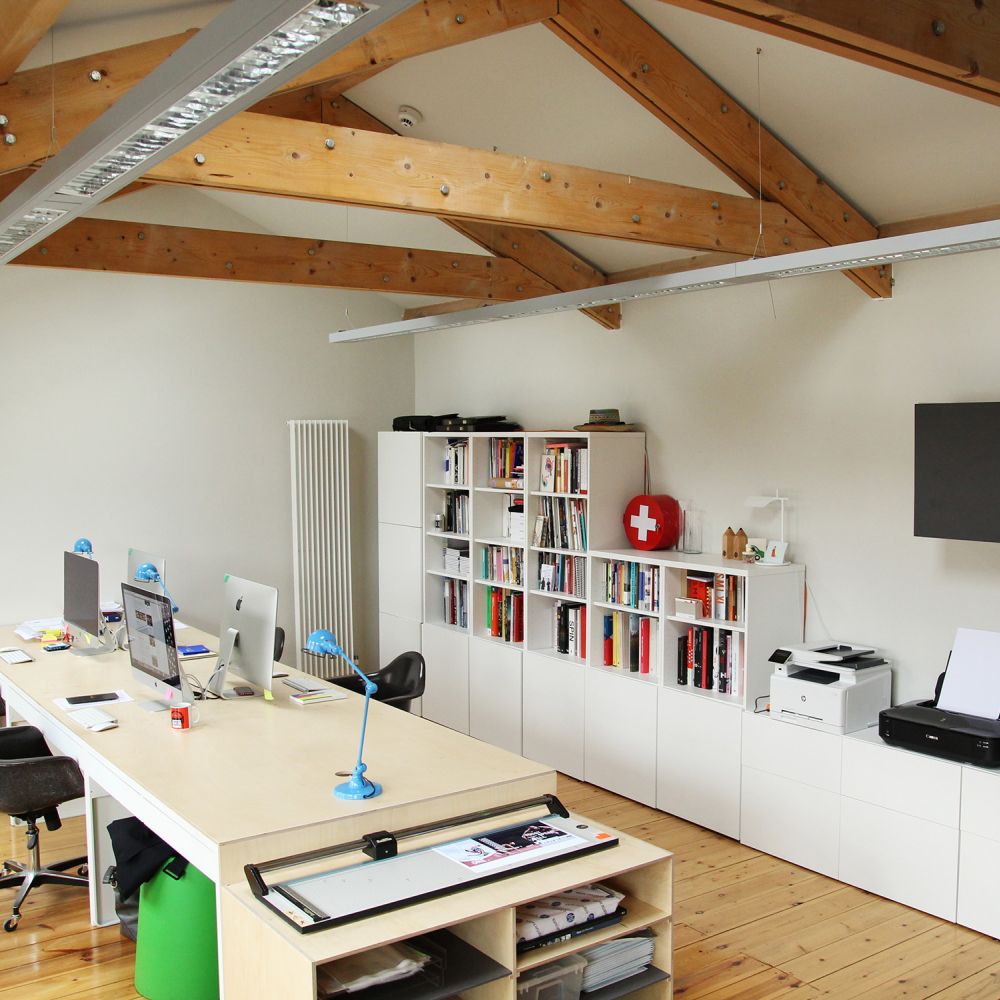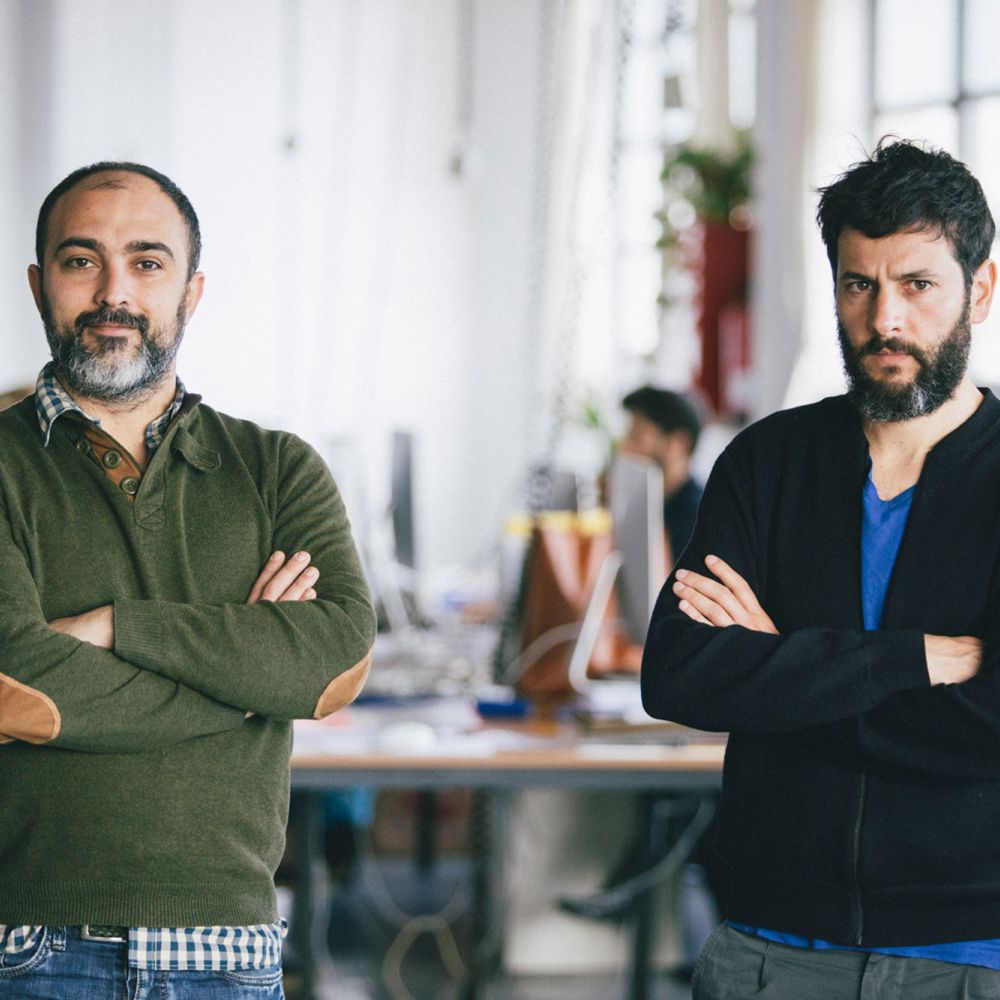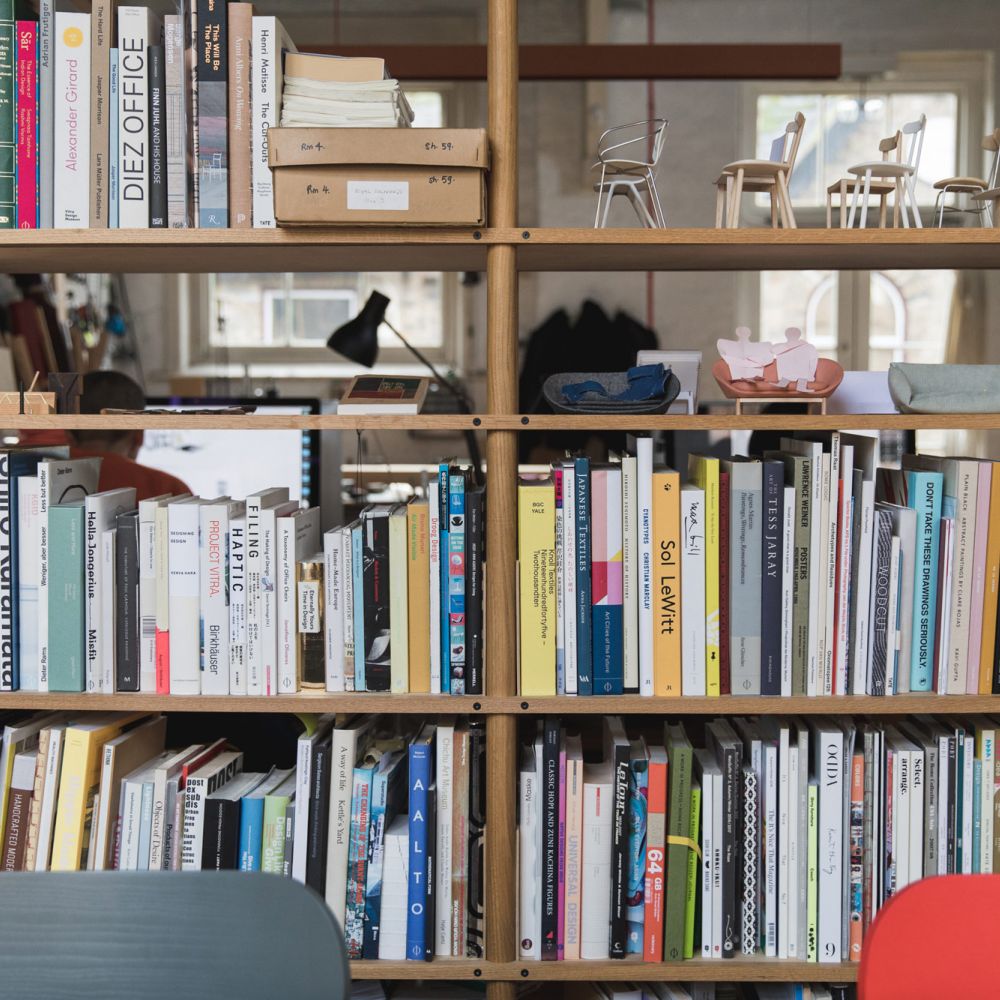
Risa and Yasu, Founders of Mentsen
Founded in 2011, Mentsen is the studio of product designer Yasuyuki Sakurai and graphic designer Risa Sano. Having grown up in Japan, Yasu and Risa met while studying at the UAL: Central Saint Martin's School. After graduating, the pair went their separate ways to pursue their design careers. 6 years later, Yasu and Risa decided the next step in their design careers was to start up their own studio. Mentsen chats with us about product design, learning from other studios and working in London. This interview was conducted via email in April 2018 with Yasu Sakurai and Risa Sano.
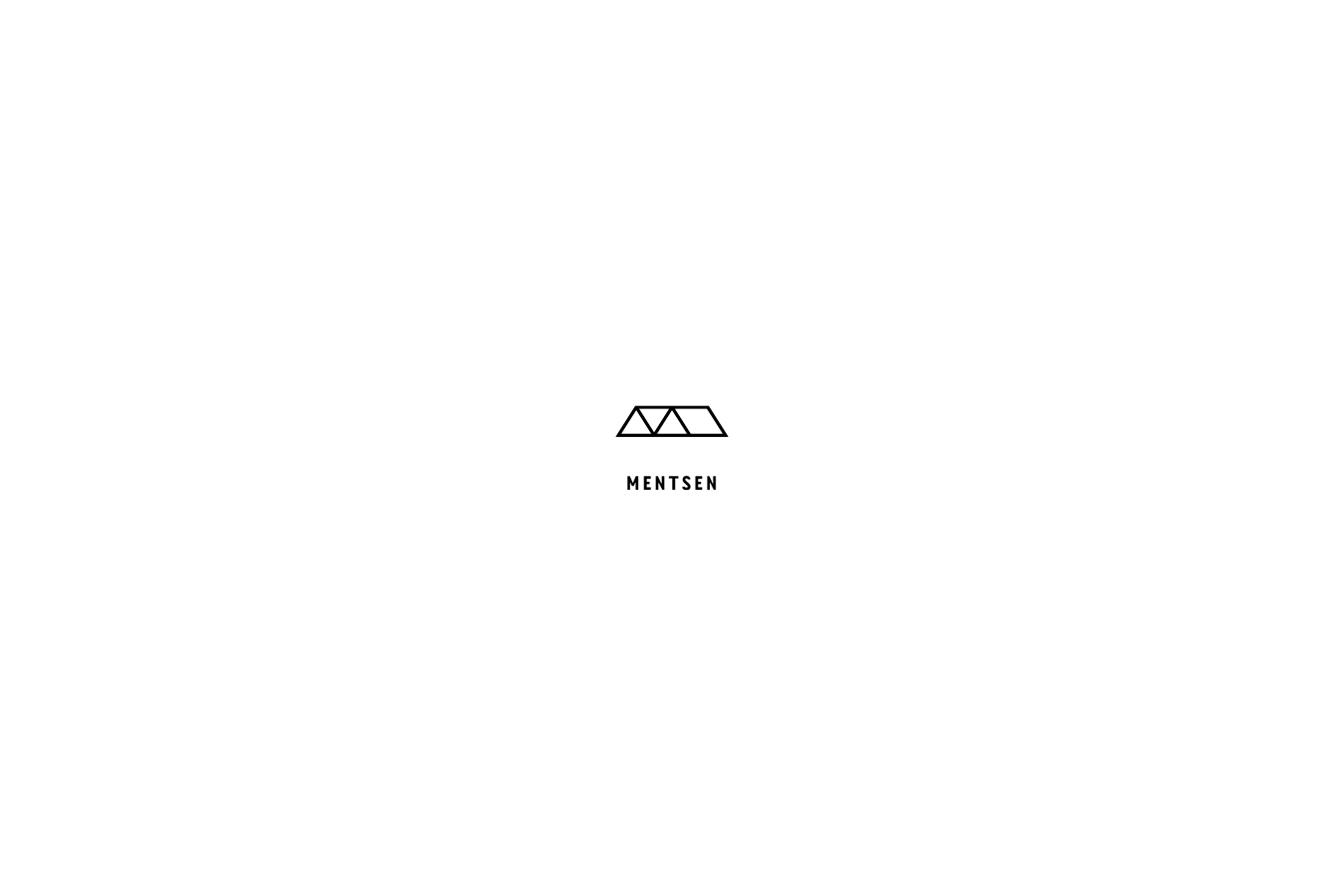
What drew you both to leave Japan and study design in London?
Yasu: London seemed like one of the most “happening" places in the late 90’s. Europe was, and still is for furniture, the leader in product and furniture design; and London has a diversity like no other city in Europe. Language was also an important factor.
Risa: As a graphic designer, I don’t think I need to give any specific reasons to want to come to London—maybe in 2000, Tomato and Intro were one of the coolest agencies? To be honest, I didn’t know much about the design scene. I only finished high school and I didn’t have an access to the internet, but I wanted to be out of Japan. I went to the USA first as an exchange student, but I really didn’t enjoy my year in a small town. When I went back to Japan, I thought London would be a good place; and it was!
Where did it all begin for Mentsen?
We met in college. We started Mentsen in 2011 after both of us worked separately for over 6 years in different design studios. Both of us were feeling that it was time to move on, and it was either finding another agency to work for separately or try to start our own. We were still in our early 30’s and were not sure taking senior roles in a bigger agency suited us. So we thought we’ll take the chance and start our own.

How did you know it was time to start Mentsen?
It's rather boring in fact, but timing also related to our visa status in Britain. We were interested in working for ourselves since our time at college, but the option for us to stay and work in London after graduation was only possible if we found a job that could grant us a work permit. We then needed to wait another 5 years until we could apply for a permanent residency, and with that, we could start our own business. We learned a lot and met a lot of people during this time. So, it was good to work at established companies before starting our own.
Your portfolio has a nice variety of design disciplines. I take it Yasu deals with the product design and Risa with the graphic design?
Yes, that’s mostly right. Though we try to discuss every project together.
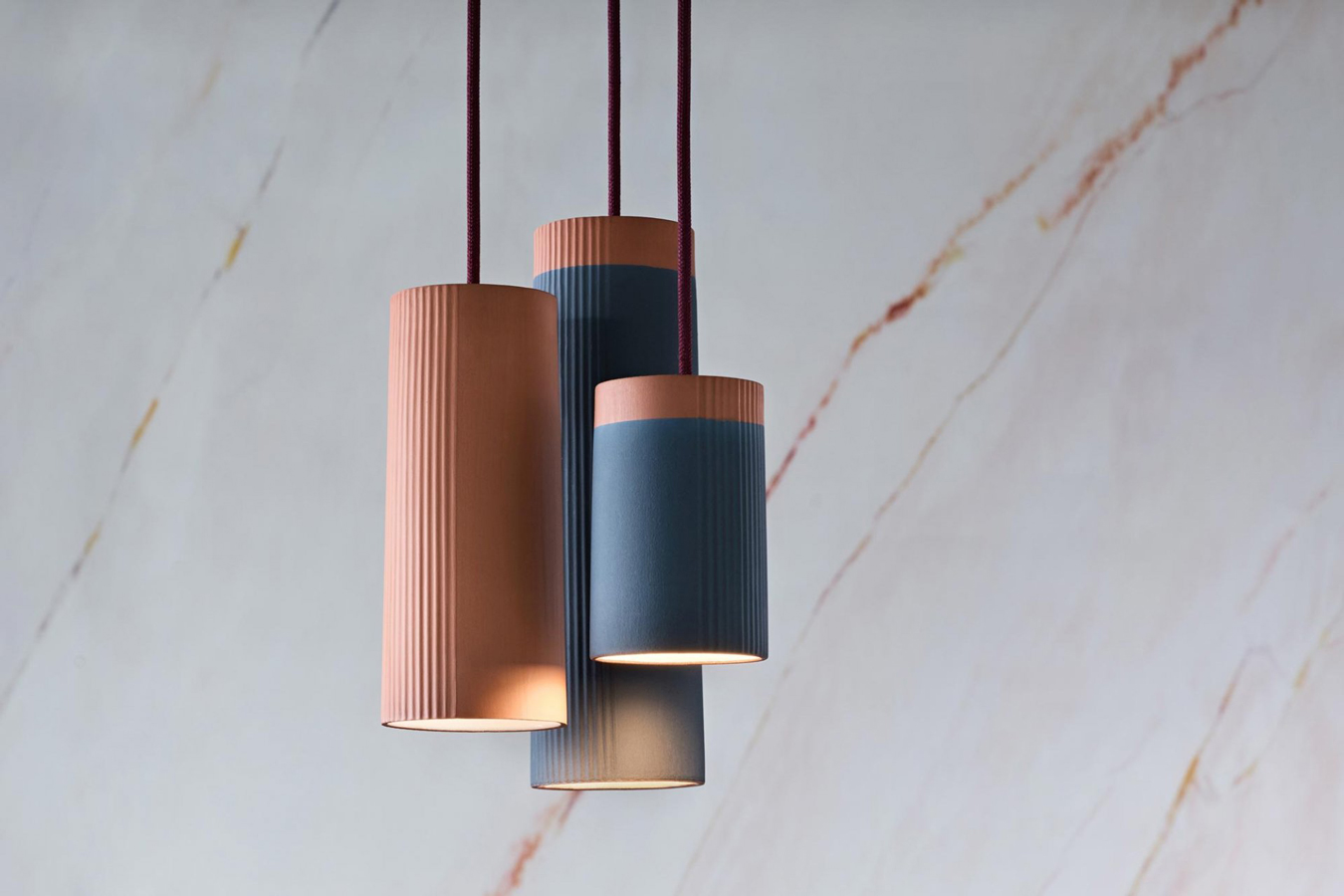
So your projects intertwine a lot?
It depends on the scale and focus of the project, but quite often we start thinking separately until we both have time to sit down and discuss the project. One of us usually leads a project depending on the type of brief and client, and the other gives input at various stages of development. We have a widely shared preference in aesthetics, but having a specialty in different disciplines may be one of our advantages, as we can give feedback to each other from a very different point of view.
How does the design process differ from product design and graphic design?
Sometimes there are similarities between book design and exhibition design, and even furniture design and typography. With client projects, we always try to understand what the end results need to achieve.
It really depends on projects and clients you are working with. For a commercial client, it starts with understanding their brand and market—just like graphic design process.
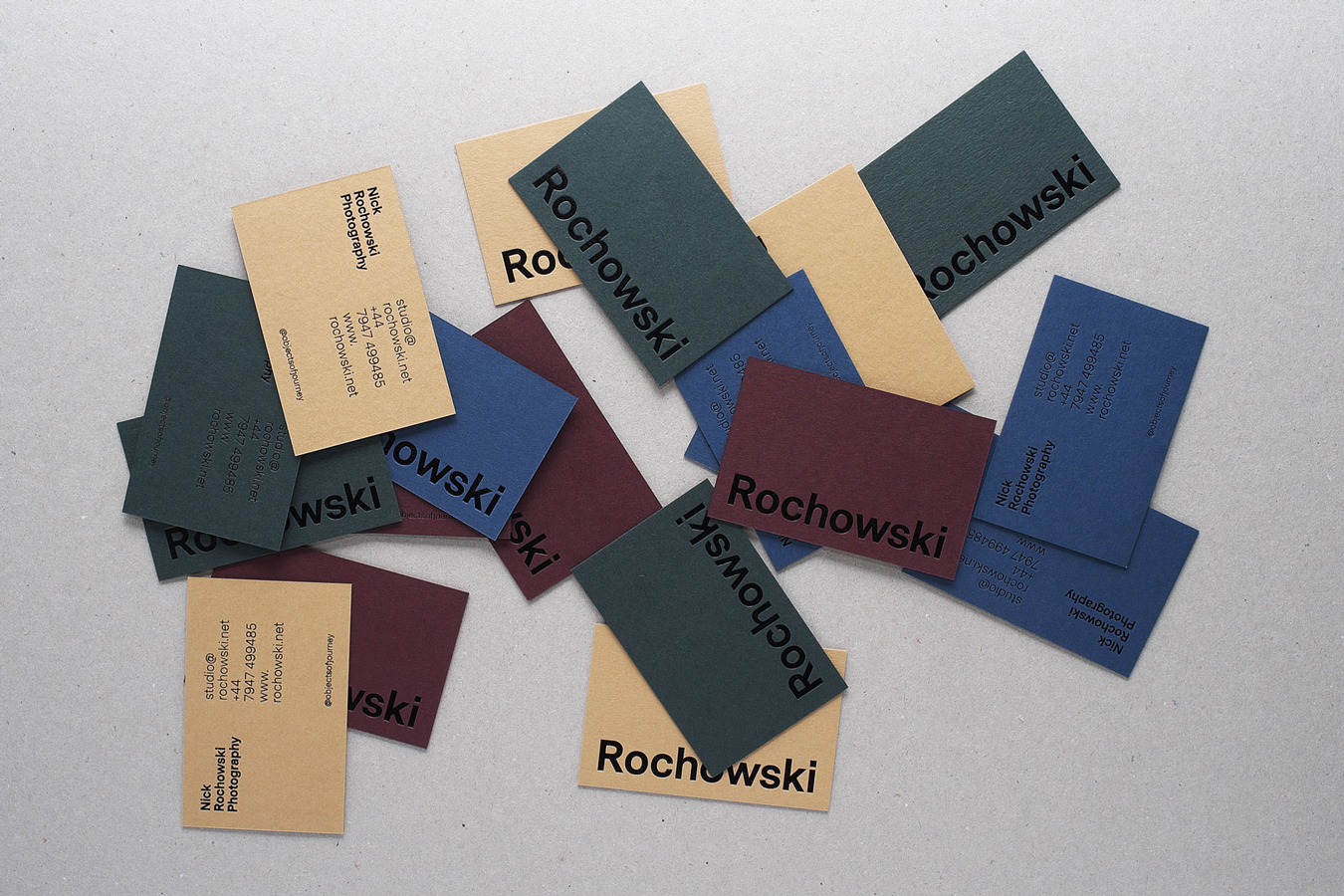
Once you have an understanding of the brand and market, do you move onto sketches and prototypes?
Yes, sometimes we’ll start sketching the ideas almost straight away if we are familiar with the materials and processes; or we’ll start from researching materials, processes, and techniques.
We usually make scale models in the design process and refine until we are happy with the form. Ergonomic checks are done in a much cruder way at this stage. We then work with our client to test prototypes in 1:1 with materials closer to final products. There are usually a number of refinements done at this stage of prototyping before the final design is signed off.
What is usually the determining factor behind choosing one material over the other when developing a product?
There are a number of factors: mostly economics, expectations, and material performance. Then a bit of personal preference. There are obviously functional and aesthetic led decisions in choosing materials. Then there are issues like the volume of production, market expectation, and a life cycle of a product which are all important factors in considering the material choice.
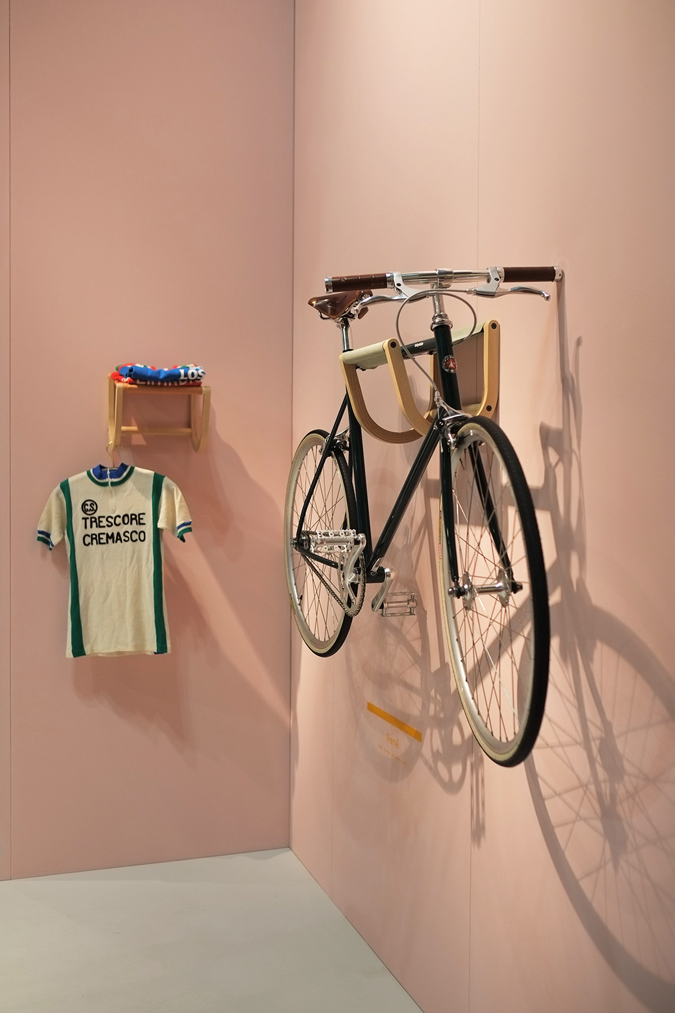
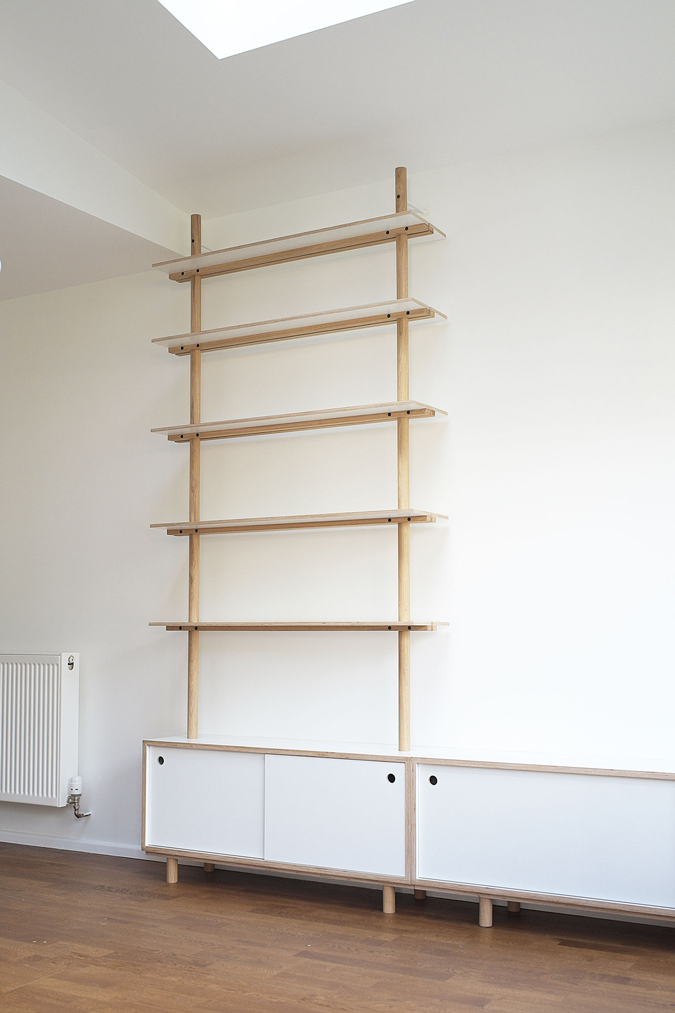
Have graphic design projects lead to product design projects and vice versa?
Yes, that occasionally happens. The first projects with Zilio A&C and Hand & Eye were graphic design assignments, then expanded to art direction and product design. Our most recent furniture project started with product design and has led to branding projects.
I believe you share a studio space with Hand & Eye Studio. Do you collaborate often?
Tom from Hand & Eye had a desk space in our studio for a year. He has a studio a few doors down now and we see each other often. At the moment we are working with him on the Hand & Eye product catalog and new photography.

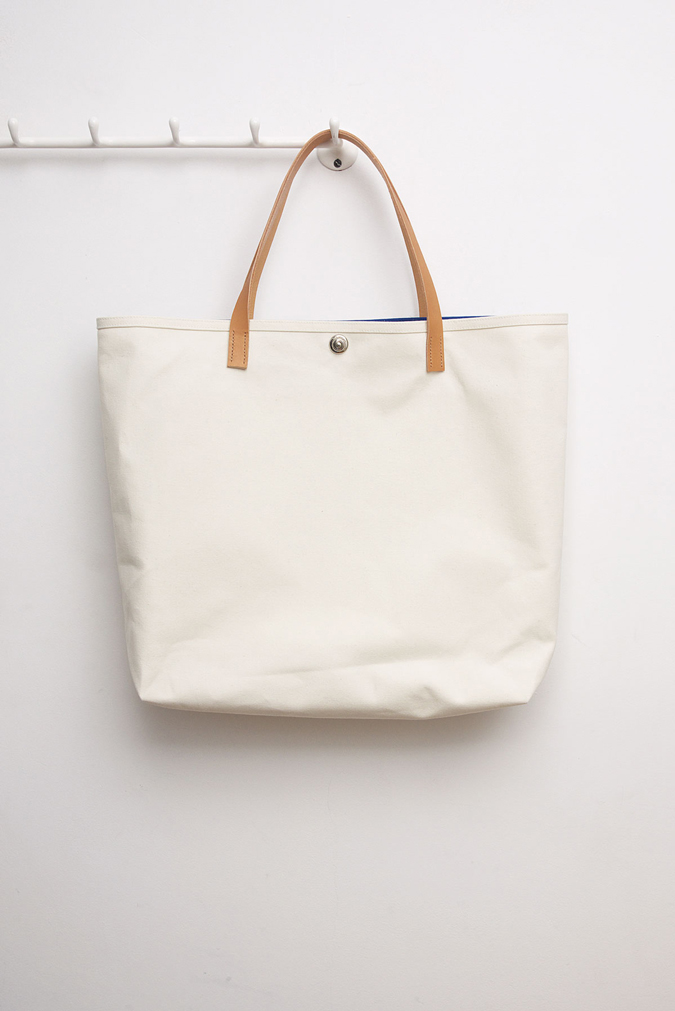
And what about your partnership with Zilio A&C?
Yasu had worked with them on a number of projects when he was working for Tomoko Azumi, Japanese furniture designer based in London. It’s a very small, family-run company in the northeast of Italy, and they desperately needed better communication design and art direction. We’ve been working as an art director for the brand since we started Mentsen.
I've noticed you have done limited runs of Mentsen branded products. Have you ever thought of launching your own product line?
We have but we also realized we are not interested in retail customer service! Some people are naturally good at it, and we are not. We often talk about this and have some ideas, but we probably need to find someone who can do the selling side if we really want to do that.
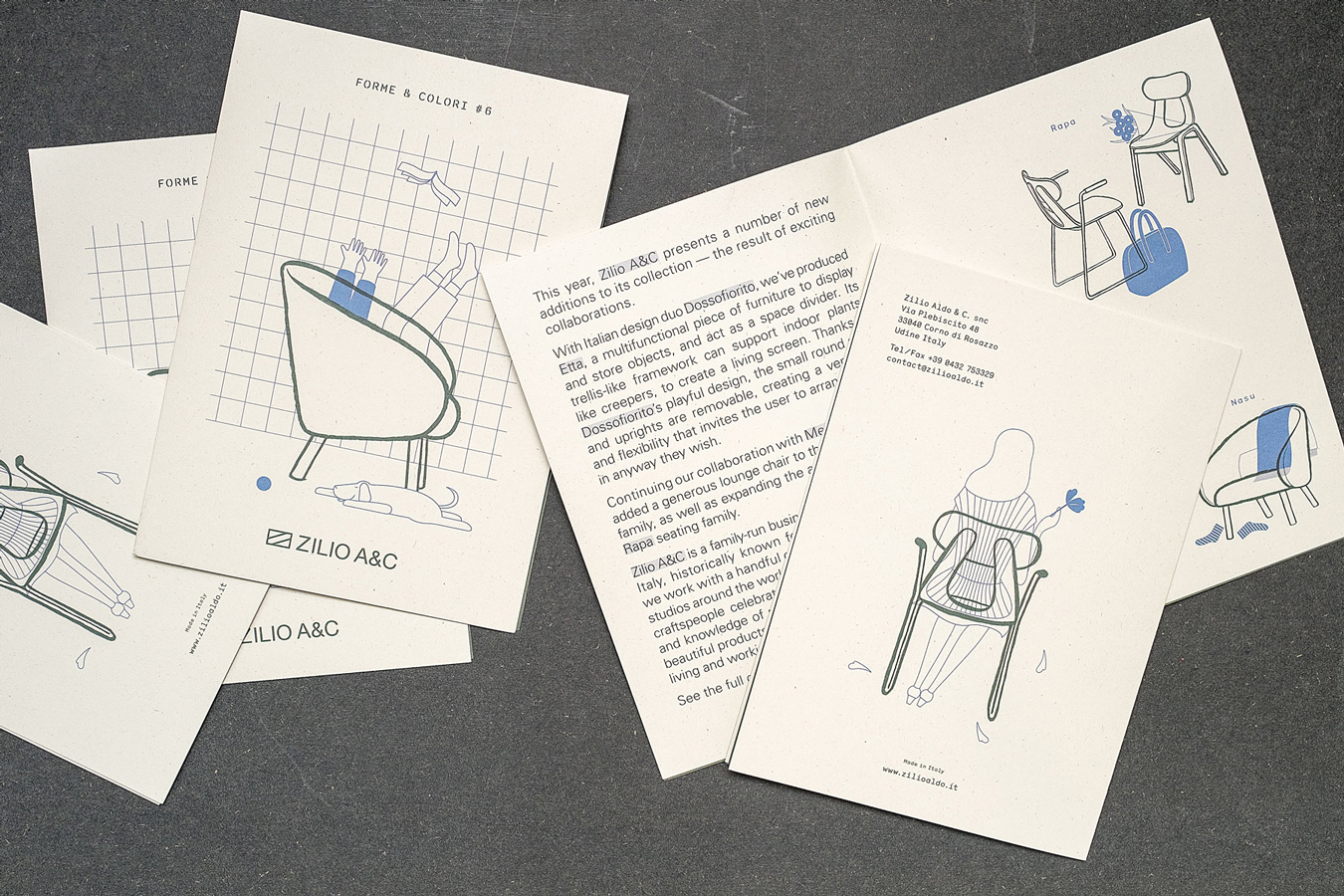
What advice would you give to someone wanting to start their own studio?
If you are working for someone now, learn as much about business side there: how to negotiate the fee, the contents of contracts, etc. We didn’t!
It sounds like there was a hard lesson learned.
They are not really disaster stories, but we’ve half given up on projects involving pitches or public tender, as we know we are really bad at it and we take too much time working on it!
For us, writing contracts and fees are part of establishing a clear work structure and mutual understanding between us and clients. It’s also an important way to guard yourself against unreasonable demands from clients-though it’s best to avoid those clients in the first place if possible!
What’s in store for Mentsen in 2018?
We have been working with a client to launch a new residential furniture brand and just had a preview in Singapore. We still have a lot to do with that project: website, photo shoot, catalog, and trade fairs.
